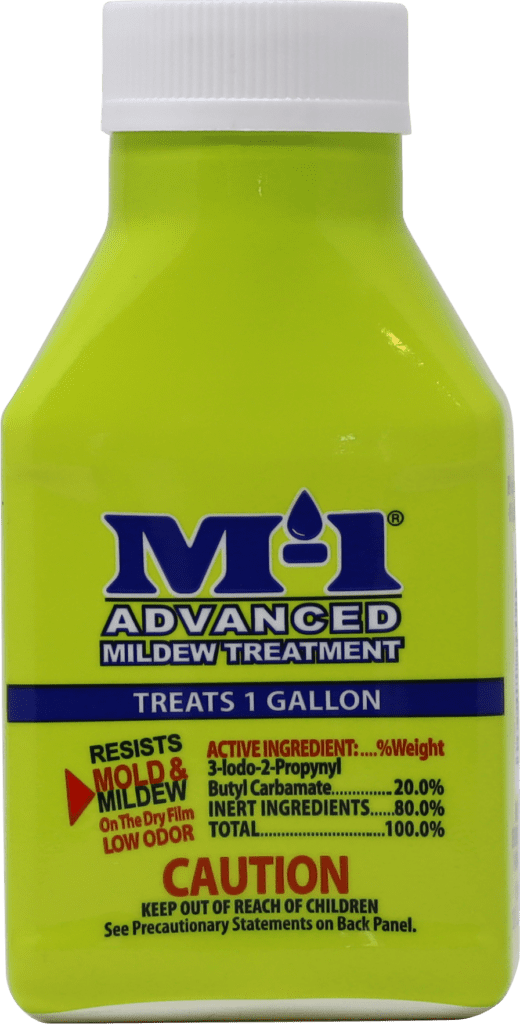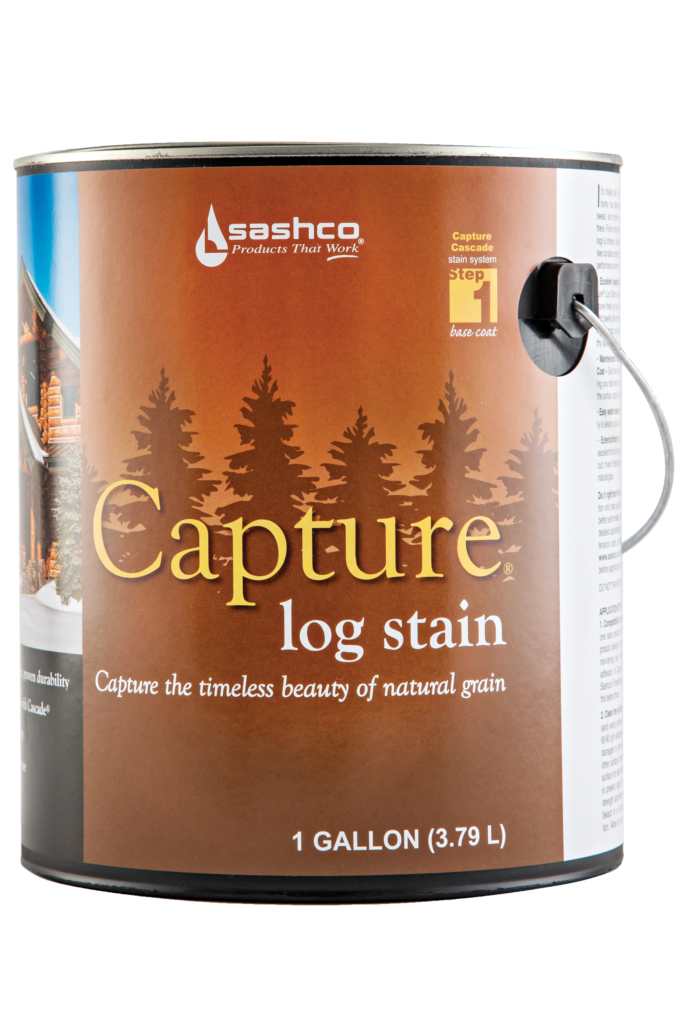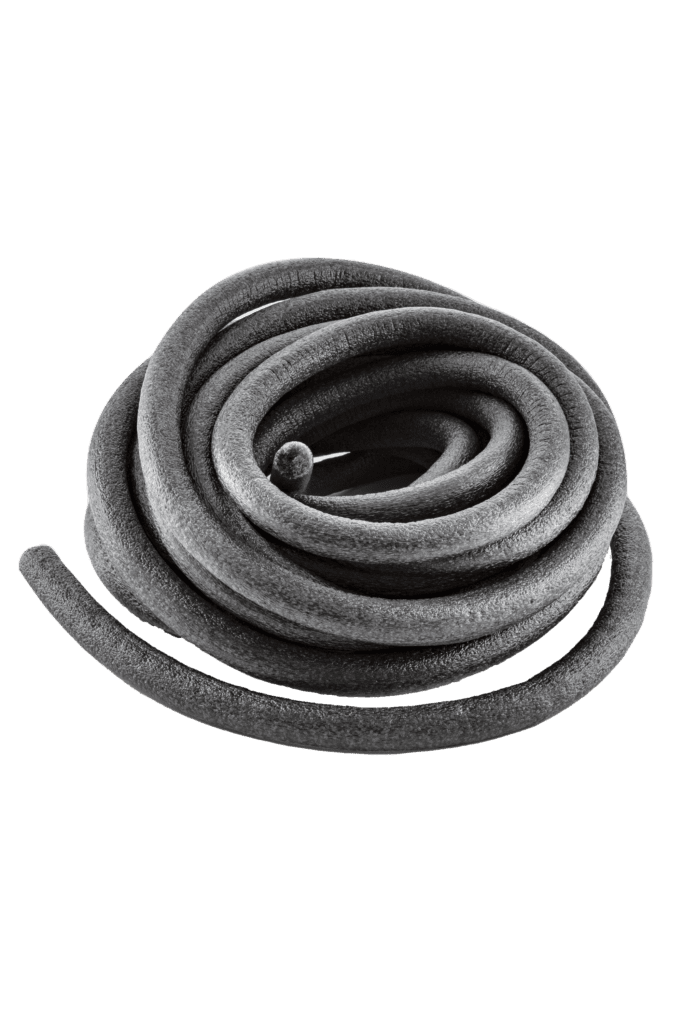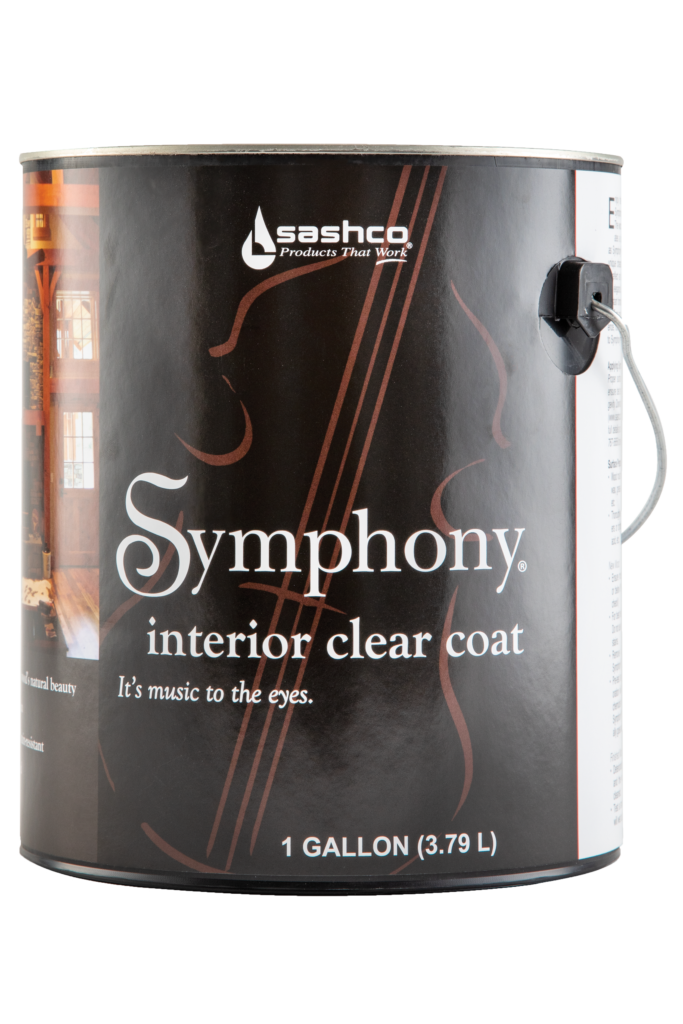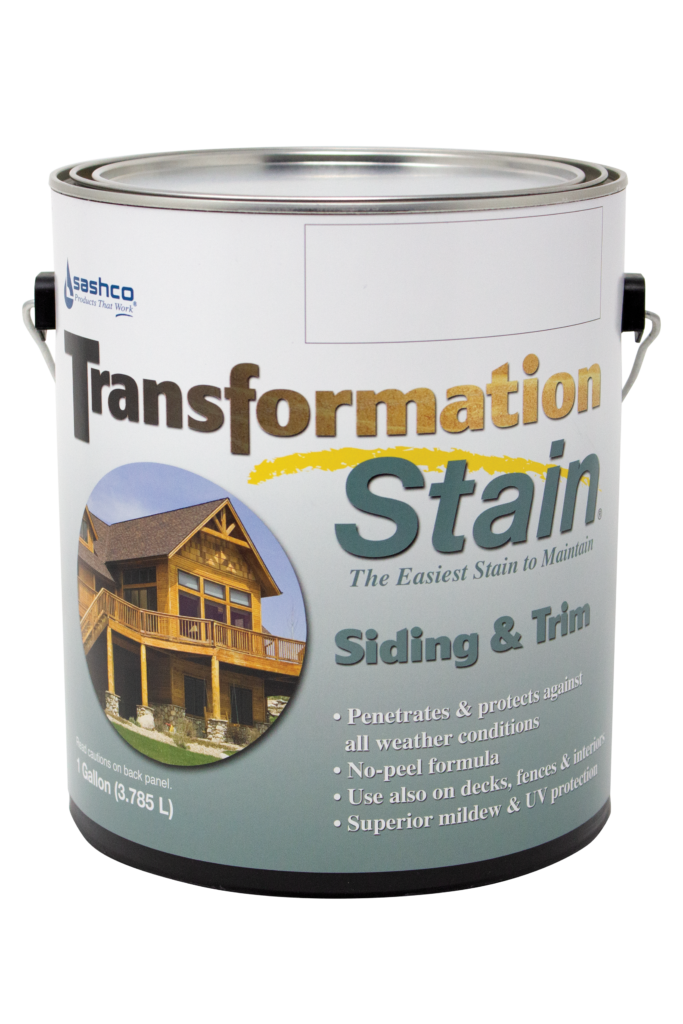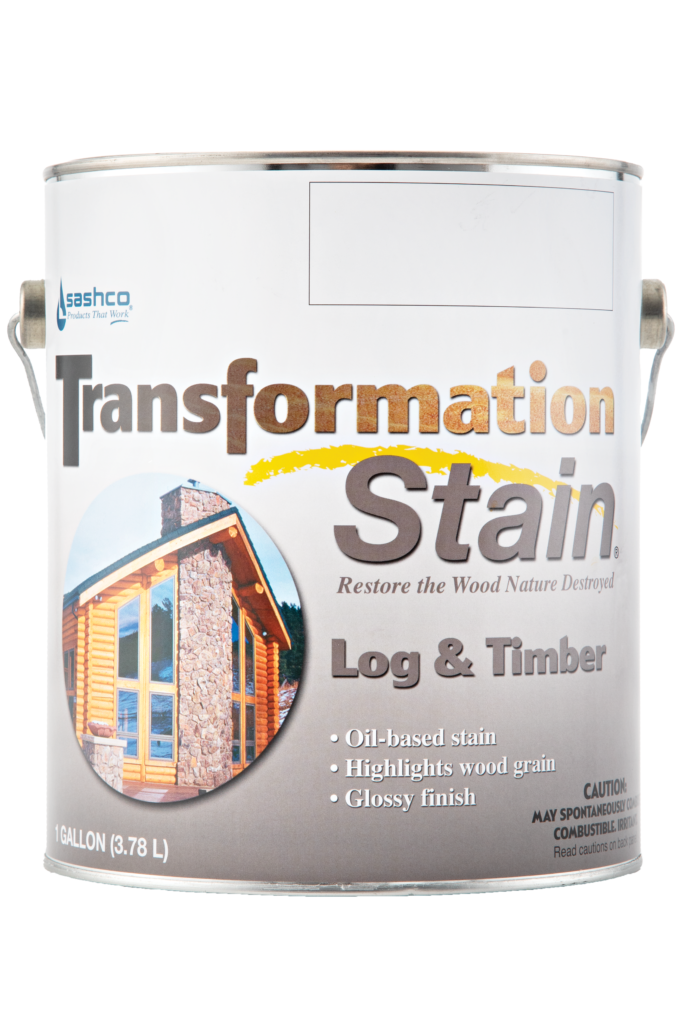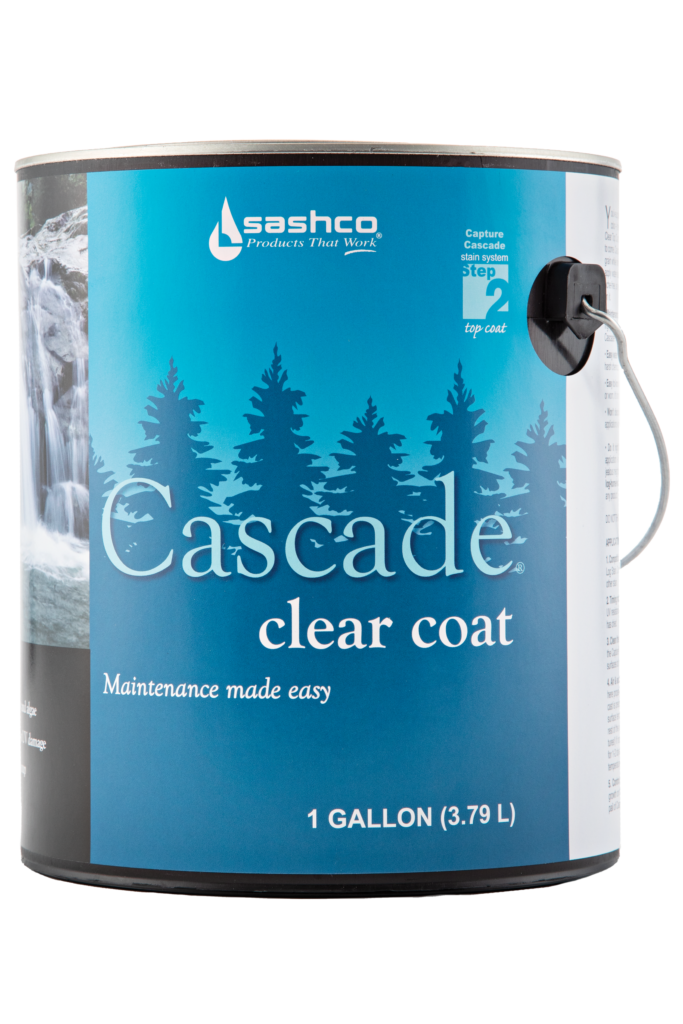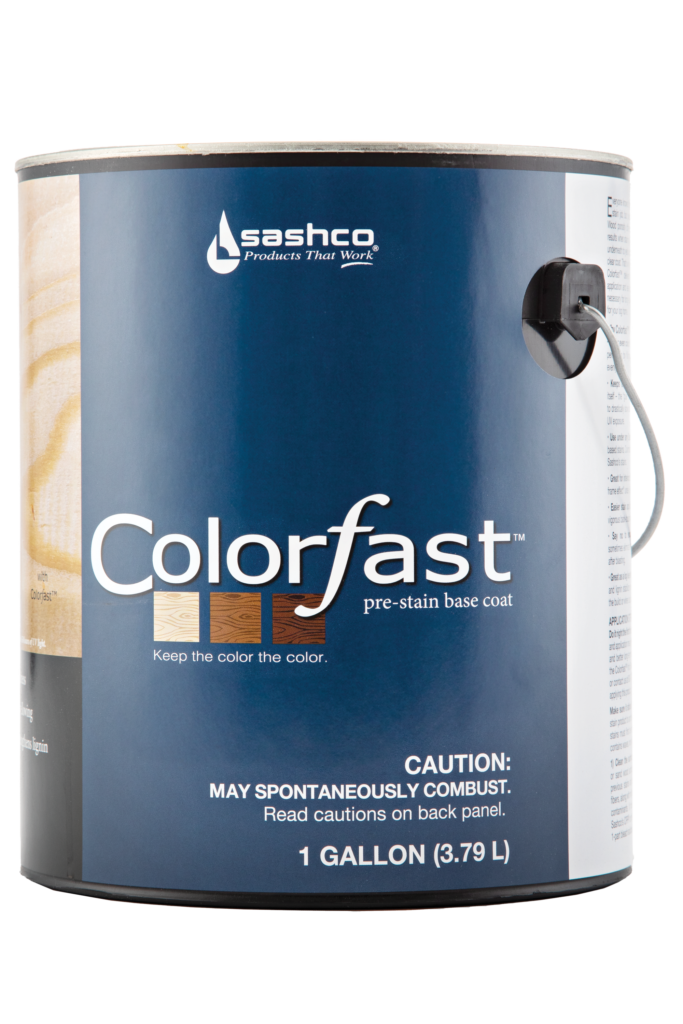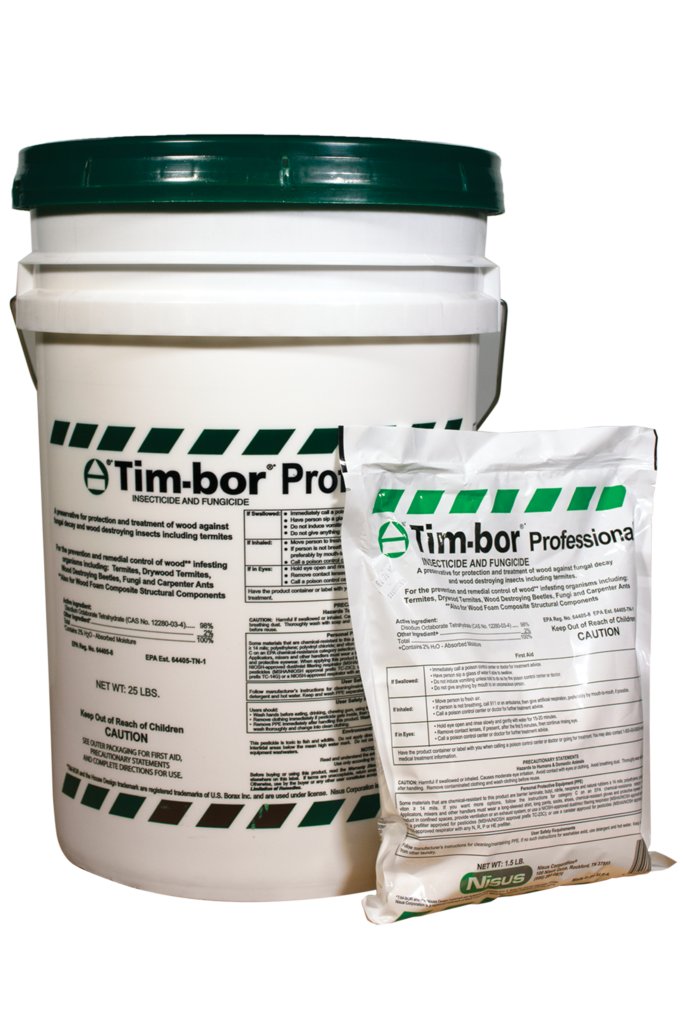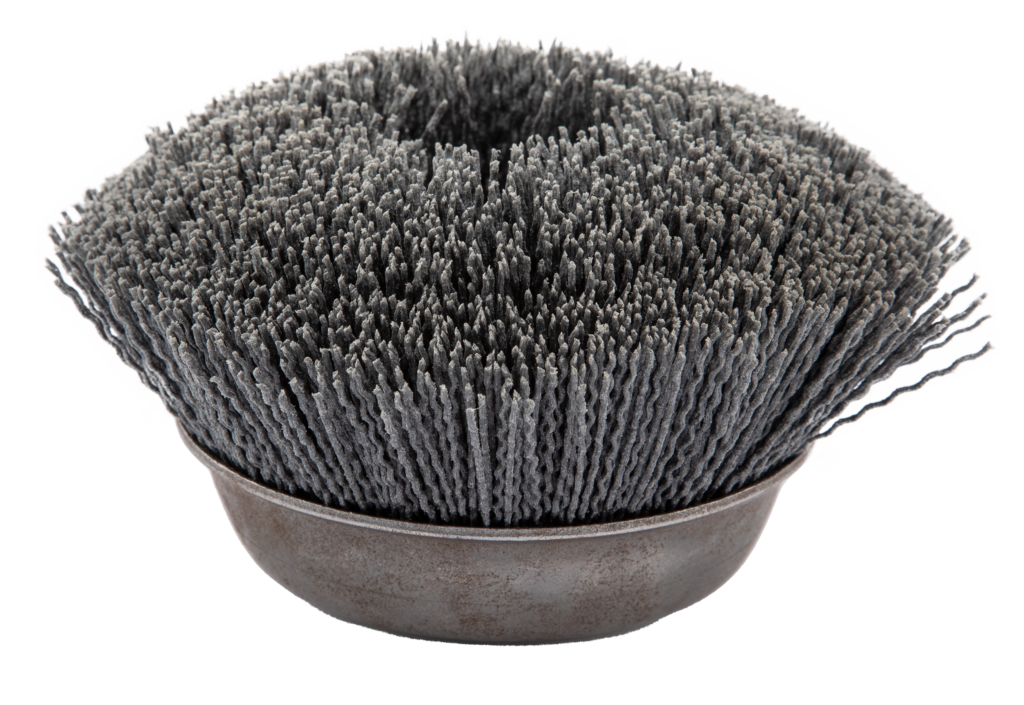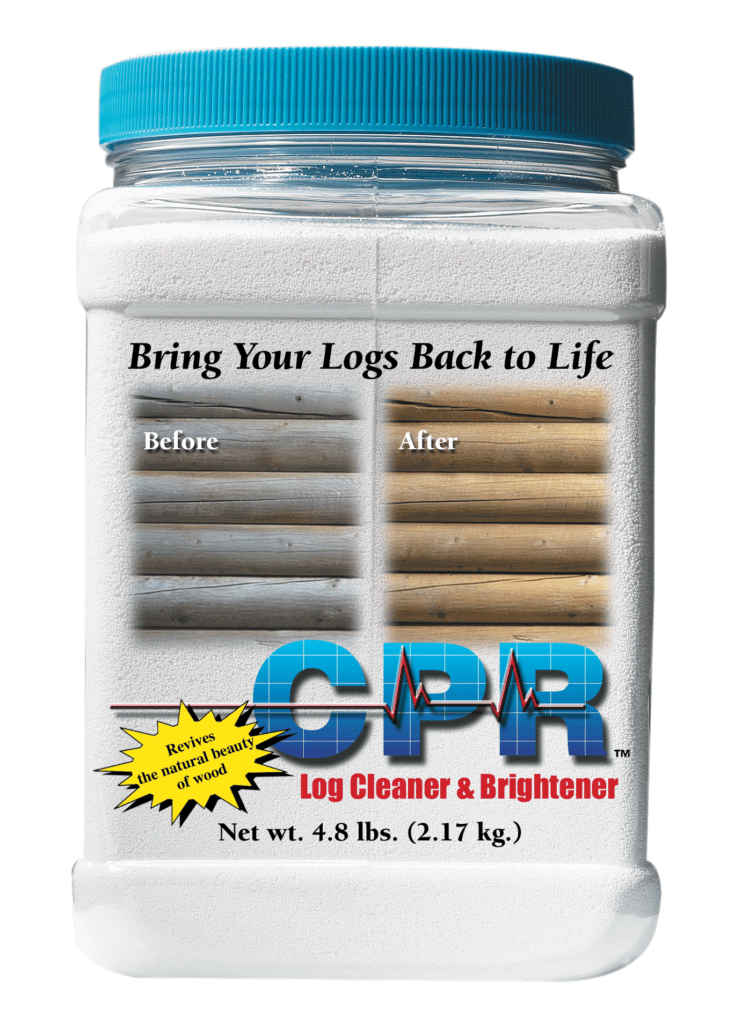Do You Know How Water-Based Caulks and Sealants Dry?
We’ve got all the caulk geek answers you could ever hope for on how water-based caulks and sealants dry (aka cure).
Rain and humidity and my caulk won’t dry – oh my!
The United States experienced the wettest May on record in 2015. All of that rain was great for flowers, trees, and weeds. For some, it created another problem: caulking that took a lot longer than normal to dry. Why? Keep reading!
How do water-based caulking and sealants dry (aka cure)?
The short answer is: by evaporation. (Here is a quick trip back to elementary science for a great explanation.)
The combination of wet weather and the accompanying cooler temperatures creates an abundance of water vapor (humidity) in the air. Higher humidity means moisture can’t evaporate as quickly, and frizzy hair and mushrooms thrive!
This means that water-based caulking and sealants don’t cure as quickly, either.
Keep in mind, most manufacturers give instructions based on ideal temperatures and humidity (70⁰F and 30% or lower relative humidity.) When these ideals are out of whack, cure times will change.
That quick-dry 30 minute caulk may now take a few hours to cure. In addition, with all caulking products, the larger the joint that is filled, the longer the product will take to dry. That 1” wide crack in your concrete sidewalk may take up to 2 weeks to dry under ideal conditions. In humid conditions, it may take up to a month or more. And don’t forget – surfaces that hold moisture (like concrete that has gotten wet from rain or sprinklers) will add to that!
So, does this mean you shouldn’t caulk anything right now?
Absolutely not! It’s important to keep all of that moisture out. It does mean taking some extra precautions to protect the caulking during the early stages of drying. For instance:
• Cover it: Put some plywood over that sidewalk crack for the first 2-4 days to protect it from direct rain. Or, put some plastic sheeting over the window you just caulked to protect it.
• Then, uncover it: When it’s sunny and warm, let the sunshine in! The warmth will help the caulking cure, even in humid conditions.
• Don’t touch: Keep fingers, toes, and tools out of fresh caulking for the first 24-48 hours after application to allow that initial drying process to happen. Even after that, the sealant may remain soft and somewhat tacky for a while.
• Bring out the fans: To speed up the drying process, point a fan or two directly on the sealant.
• Don’t worry: Though it may be soft and tacky for a while, the caulk will still hold its seal to keep out rain.
It’s also a perfect opportunity to practice patience.
You know that saying, «A watched pot never boils?» Well, a watched caulk bead will never cure. As long as the caulk is holding back that moisture, no watching is necessary.
See also:
All About Sashco’s High-Performance Caulks & Sealants
Which Sashco Caulk Should I Choose?

